Wildcat Facts
Wild Cat
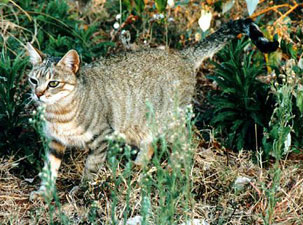
Common Name: Wildcat
Kingdom: Animalia
Phylum: Chordata (Vertebrata)
Class: Mammalia
Order: Carnivora
Family: Felidae
Genus: Felinae (Felis)
Species: silvestris
Misc: The African Wildcat is the ancestor of the Domestic cat. This species of cat is widely distributed and has a wide variety of coat colors to help it blend into its environment. Because of that, theWildcat was originally classified as 3 distinct species, but today they are referred to as one race with 3 subspecies. One other subspecies, F.s. grampia of Scotland, is no longer considered a separate subspecies but a member of F.s. silvestris, although some authors will make reference to it.
Subspecies:
African Subspecies:
Felis silvestris lybica — North Africa
Felis silvestris brockmani — East Africa
Felis silvestris cafra — Southern Africa
Felis silvestris foxi — West Africa
Felis silvestris griselda — Central Africa
Felis silvestris jordansi — Majorcan wild cat
Felis silvestris ocreata — East Central Africa
Felis silvestris pyrrhus — West Central Africa
Felis silvestris sarda — Sardinia and Sicily wild cats
European Subspecies:
Felis silvestris silvestris — Europe
Felis silvestris caucasia — Caucasian Mountains and Turkey
Felis silvestris grampia — Northern Scotland
Asian Subspecies:
Felis silvestris caudata — Caspian Sea area
Felis silvestris ornata — India to Iran
Felis silvestris shawiana — China and Mongolia
Domestic Cat:
Felis silvestris catus — Domestic Cat
Note: The species name silvestris is Latin for “Of the forest”.
 Size and Appearance: A more robust version of the domestic cat, the Wildcat weighs between 7-18 pounds, stands 14-16 inches tall and reaches lengths of 29-46 inches. The European Wildcat is typically a gray-brown cat with a wide variety in ground color. The coat is usually boldly marked with stripes that run along the neck and down the flanks, just like a domestic striped tabby, but with fewer more widely spaced stripes. They usually have a white throat patch, and may have white patches on their abdomen and between their forelegs. The ears are brown with no central white spots on the backs. The tail is bushy and blunt ended, unlike the tapered end of a domestic cat’s. There is an all black Wildcat in Scotland, commonly referred to as Kellas cats, but it has now been found to be due to mixed breeding with domestic cats, and is not a pure Wildcat.
Size and Appearance: A more robust version of the domestic cat, the Wildcat weighs between 7-18 pounds, stands 14-16 inches tall and reaches lengths of 29-46 inches. The European Wildcat is typically a gray-brown cat with a wide variety in ground color. The coat is usually boldly marked with stripes that run along the neck and down the flanks, just like a domestic striped tabby, but with fewer more widely spaced stripes. They usually have a white throat patch, and may have white patches on their abdomen and between their forelegs. The ears are brown with no central white spots on the backs. The tail is bushy and blunt ended, unlike the tapered end of a domestic cat’s. There is an all black Wildcat in Scotland, commonly referred to as Kellas cats, but it has now been found to be due to mixed breeding with domestic cats, and is not a pure Wildcat.
The African Wildcat is also a bit larger and stockier than its tame descendants, and is basically a pale striped tabby. Its ground color varies from sandy through yellow-gray to grayish-brown and dark gray. There are 2 color phases reported, one is grayish-tan and the other is steel gray. The darker ground color is found in the forests, while the lighter color is found in the more arid regions.
The Asian Wildcat is pale sand-colored or gray and is covered with distinct black spots.
Habitat: Forest, occasionally rocky outcrops (F.s. silvestris) . Woodland, wooded grassland and savannah (F.s. lybica). Semi-desert and steppes (F.s. ornata).

Distribution: Africa, Iraq, Iran, Scotland, France, Spain, USSR, India and Pakistan.
Reproduction and Offspring: After a gestation of 56-63 days, females produce a litter of 1-5 kittens, with 3-4 being average. At birth, the newborns weigh approximately 2.75-4.5 ounces. Their eyes will normally be open by the 10th day, and they will begin to walk by the 16th-20th day. They begin to hunt at 12 weeks and become independent by 5 months. They reach sexual maturity around 11 months.
In captivity, they have lived up to 15 years.
Social System and Communication: Solitary. Much like domestic cats, males compete for the females who are in season, and they all announce their intentions with loud “caterwauling.”
Hunting and Diet: Primarily nocturnal and terrestrial. Their main diet consists of rodents, hares, birds, reptiles, amphibians, young antelope, insects and arachnids.
Principal Threats: The primary threat for this cat is the hybridization of the population with domestic cats. Because of the wide spread problem of feral domestic cats and the long period of time which they have been a problem, it is unsure whether or not there are any pure wildcats remaining at all. If so, they are in very remote areas far away from human habitation.
Status: CITES: Appendix II. IUCN: Not listed.
Felid TAG 2000 recommendation: Wild cat ssp. (Felis sylvestris). The Eurasian and African wild cat, including forms from India, the Middle East and Europe, is generally common in nature. Gordon’s wild cat, Indian desert cat, and other forms from the Arabian Peninsula are present in North American zoos. Due to relative abundance in nature, small founder size and lack of distinct markings, this species is not recommended for support in North America.
How rare is this cat ? The International Species Information Service lists 180 in zoos worldwide, with 66 being in the U.S.
Information reprinted With Permission from the IUCN Wild Cats Book.
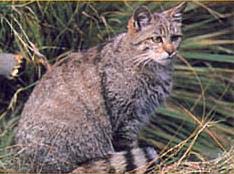 | 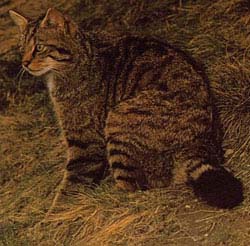 |
| European Wildcat by Tadaaki Imaizumi | Scottish Wildcat by Bruce Coleman Ltd |
See Conservation Work Funded By Big Cat Rescue here:
All conservation insitu work: https://bigcatrescue.org/insitu/




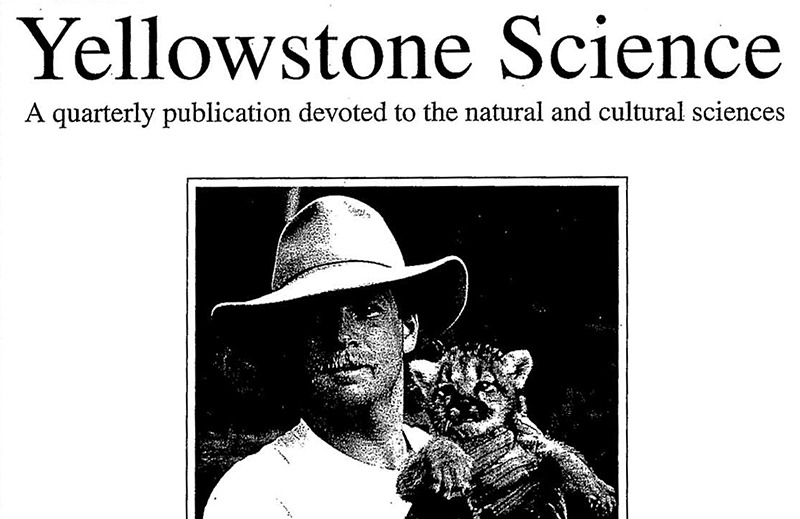

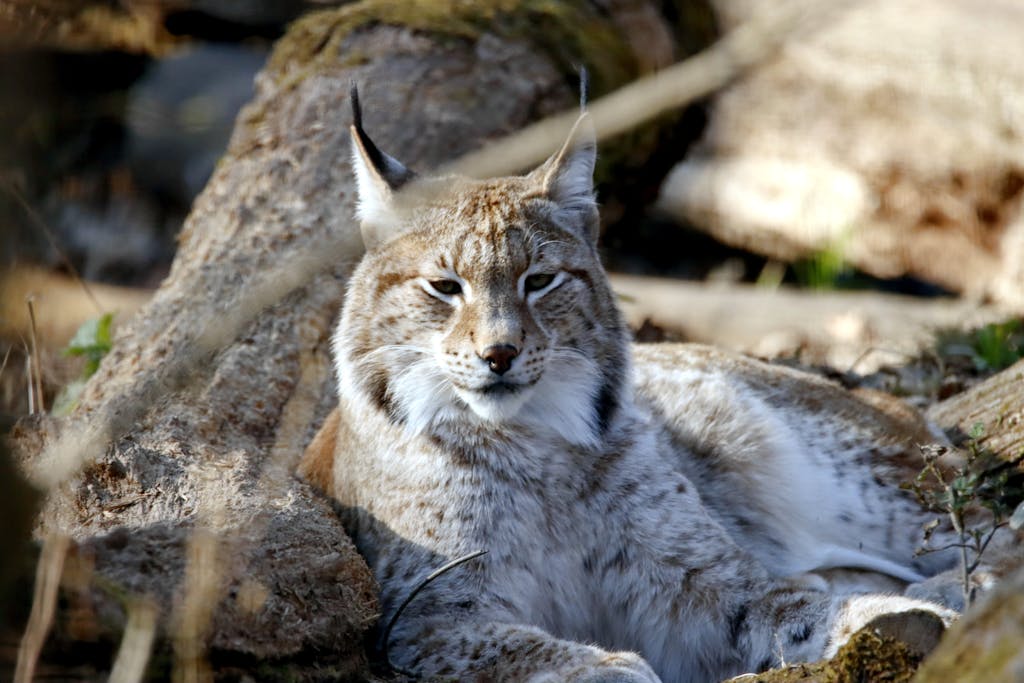
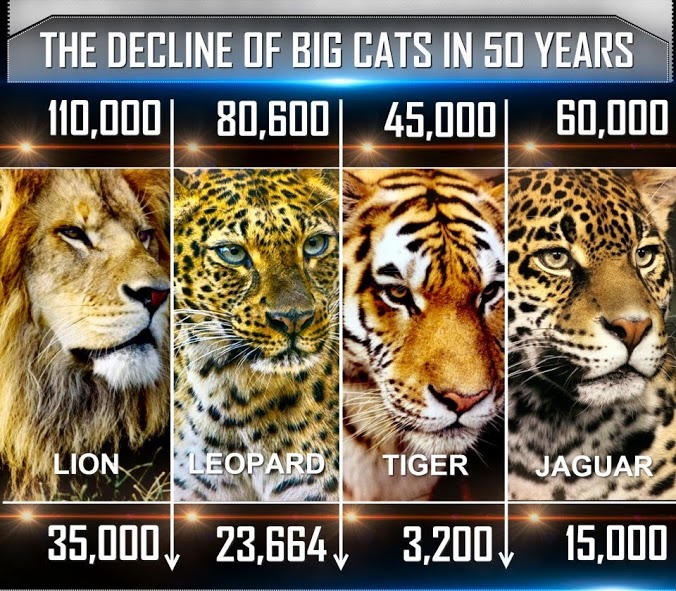

I love my Scottish wild cat. He is amazing
We have the european wildcat back in our "Backyard" the Steigerwald in Germany … a Forestworker of the state Bavaria get the chance to film a bunch of cubs last year yay still waiting for the european lynx and the wolfes to come back not only scraping the borders … big yay
i like it
My cat is ginger but she acts like them
i have a ginger cat but she acts just like a wild cat *considering she is one*